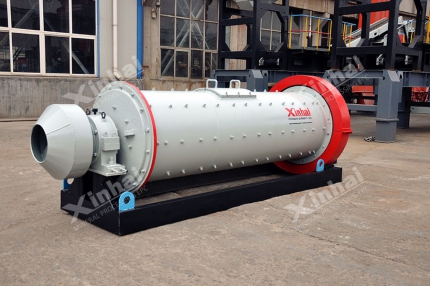Overflow type ball mill and grid type ball mill are commonly used grinding equipment in the mineral processing industry. They differ in structural design, discharge method, processing capacity and scope of application. The overflow ball mill adopts a high-level discharge method, which relies on the height difference of the slurry surface to automatically overflow and discharge the material. It is mainly used for concentrate regrinding. The grid type ball mill is equipped with a grate plate at the discharge end. The forced discharge method can speed up the material discharge speed and is mainly used for coarse grinding operations. The following will introduce the working principles and applications of these two ball mills to help optimize the mineral processing process and improve productivity.
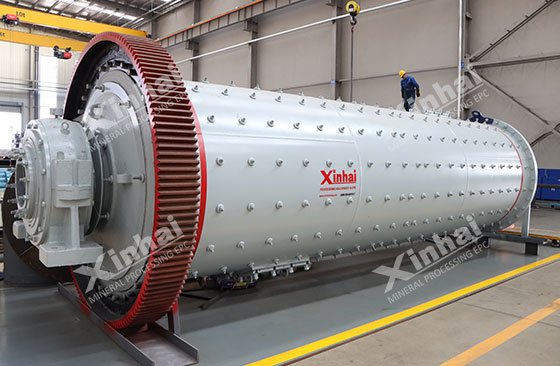
Use the table of contents below to navigate through the guide:
01Working characteristics and applications of overflow type ball mill
Working principle: The crushed ore enters the overflow ball mill through the feeding equipment and the feed pipe. When the slurry surface in the cylinder is higher than the lowest generatrix level of the inner diameter of the discharge pipe, the milled material is discharged from the equipment through the discharge pipe.
Equipment features:
1. The end of the discharge pipe in the hollow shaft neck of the discharge end cover of this type of ball mill is designed to be trumpet-shaped.
2. An annular retaining ring is installed at the root of the hollow shaft, which can effectively prevent the slurry from leaking into the bearing through the bolt hole of the end cover.
3. The discharge pipe is cast with a spiral structure in the opposite direction of the ball mill's rotation, which can prevent steel balls and larger ore blocks from being discharged from the machine body with the slurry.
4. The design of this type of ball mill is reasonable, but the unit volume production capacity is low, and it is easy to produce over-crushing problems.|
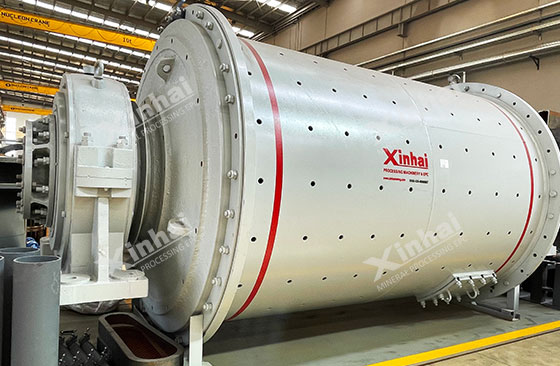
Application: The ball mill has a long working time, so the ore is fully ground inside the equipment and has a long residence time, which can produce relatively fine-grained mineral products. Based on the above characteristics, overflow ball mills are often used in stage grinding and are suitable for concentrate reprocessing operations to obtain products with finer particle sizes.
02Working characteristics and applications of grid type ball mill
Working principle: The grid type ball mill is equipped with a grate plate at the discharge end, which is covered with small holes, and the slurry is discharged through these small holes. A lifting device is installed on the side close to the discharge end. When the equipment rotates, the slurry is lifted to the hollow shaft diameter and finally discharged from the grinding equipment. This forced discharge method can effectively increase the material discharge speed and enhance the working efficiency of the grinding equipment.
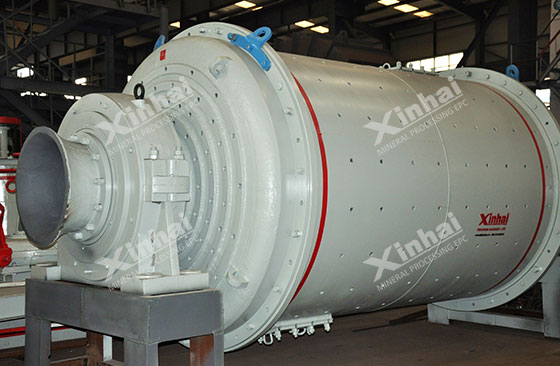
Equipment characteristics
1. High production capacity: The grid type ball mill has a forced discharge method, so the production capacity is high, especially when processing larger particles.
2. Strong discharge capacity: Compared with the overflow ball mill, the grid type ball mill has a stronger discharge capacity and can handle a higher material load.
3. Short grinding time: Due to the fast discharge speed, the grinding time of this equipment is relatively short, thereby improving production efficiency.
Application: The grid type ball mill is usually used in the coarse grinding stage of ore, and can effectively process large pieces of ore. And it has a faster discharge speed and higher production capacity, so it can be used in process flows that require larger production capacity but do not have high requirements on particle size, such as coarse grinding and pretreatment stages.
03Advantages and disadvantages of overflow and grid type ball mills
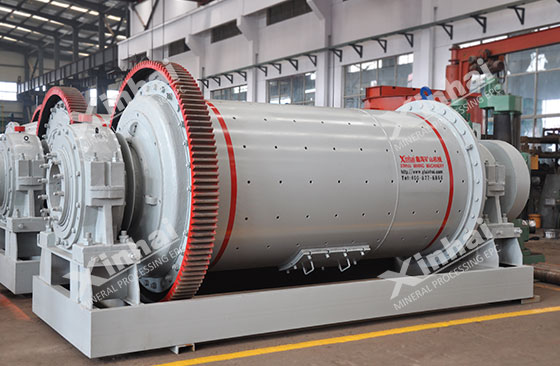
1. Advantages and disadvantages of overflow type ball mills
The overflow ball mill has a simple structure and is easy to maintain. The reverse thread design in the discharge pipe can effectively prevent large pieces of ore and steel balls from being discharged from the machine body, reducing material loss. However, since this equipment relies on the natural discharge of ore by the height difference of the liquid level, the unit volume production capacity is low, the processing volume is relatively small, and the grinding time is long.
2. Advantages and disadvantages of grid type ball mills
The grid type ball mill relies on a forced discharge method, the discharge speed is fast, and it can also reduce the over-crushing of ore, while increasing the unit volume output, and the production capacity is higher than that of the overflow ball mill. However, the discharge end of the grate ball mill is prone to blockage, and the inspection and maintenance of the equipment are relatively difficult, which limits its use efficiency to a certain extent.
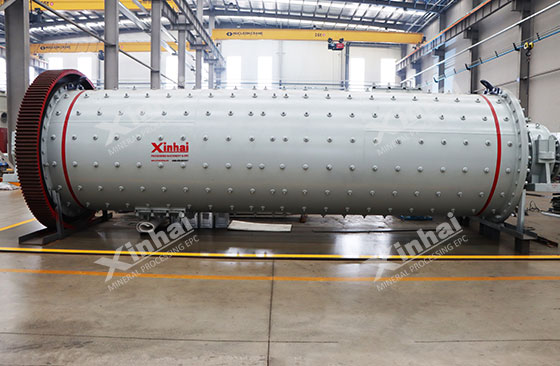
From the above content, we can understand that overflow type ball mill is more suitable for fine grinding process, and grid type ball mill is suitable for coarse grinding operation. In actual production, it is necessary to reasonably select the type of ball mill according to the different requirements of mineral processing technology to optimize the grinding process, improve the production efficiency of the mineral processing plant and reduce the operating cost.


 marketing@ytxinhai.com
marketing@ytxinhai.com  0086 13810327080
0086 13810327080 






































































































 CHAT
CHAT MESSAGE
MESSAGE




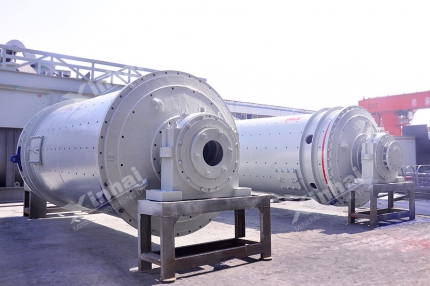
.jpg)
